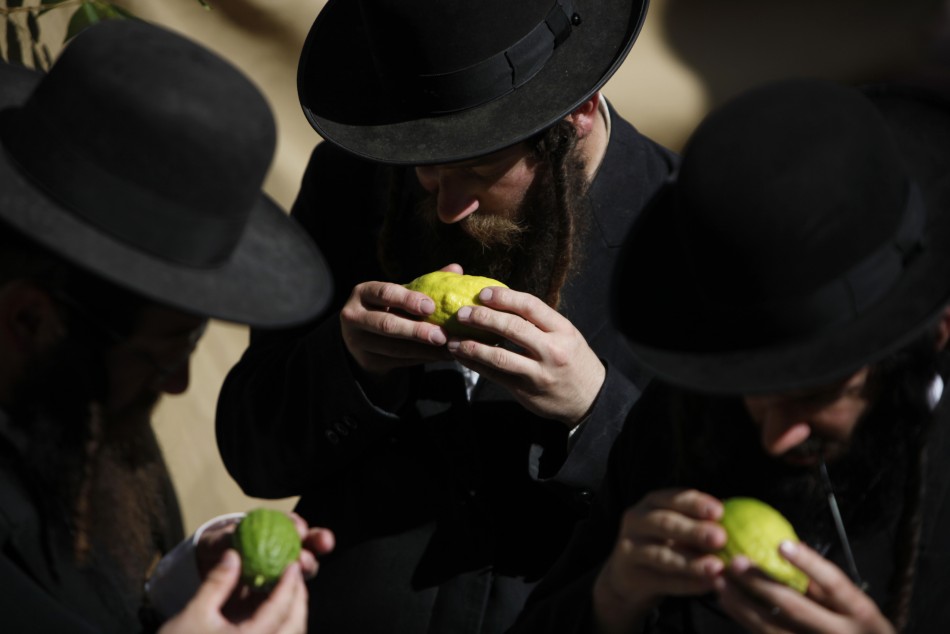Jewish Community Prepares for Festival of Sukkot [SLIDESHOW]


Jewish people are preparing for arguably one of the more unusual rituals in theIR calendar as the festival of Sukkot begins.
Sukkot commemorates the years the Jewish people wandered through the desert in search of the Promised Land.
Sukkot means "huts" and is marked by the faithful building open-air structures from branches and leaves to live in temporarily.
Sukkot is also known as the Feast of Tabernacles, or the Feast of Booths.
The main Sukkot ritual is taking four types of plant material: An etrog (a citrus fruit), a palm branch, a myrtle branch, and a willow branch to commemorate the story.
The ritual is first mentioned in the Torah in Leviticus 23:40: "And you shall take on the first day the fruit of splendid trees, branches of palm trees and boughs of leafy trees and willows of the brook, and you shall rejoice before the Lord your God for seven days."
People take a great deal of care when purchasing the fruits and plants before the festival of Sukkot. Leaves are examined for freshness and the etrogs are closely inspected under magnifying glasses for imperfections.
The booths that are built for the ritual are deliberately flimsy to remind Jews of the hardships their ancestors faced in the wilderness.
© Copyright IBTimes 2025. All rights reserved.






















